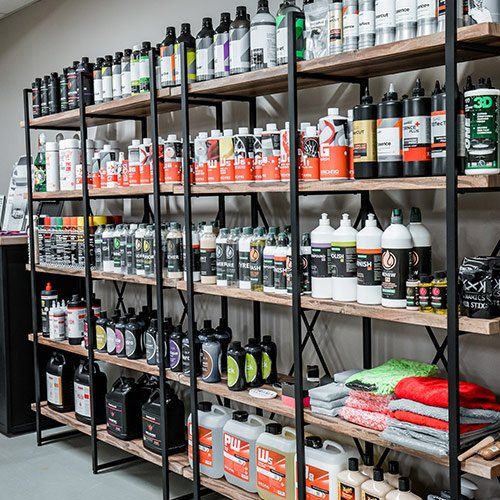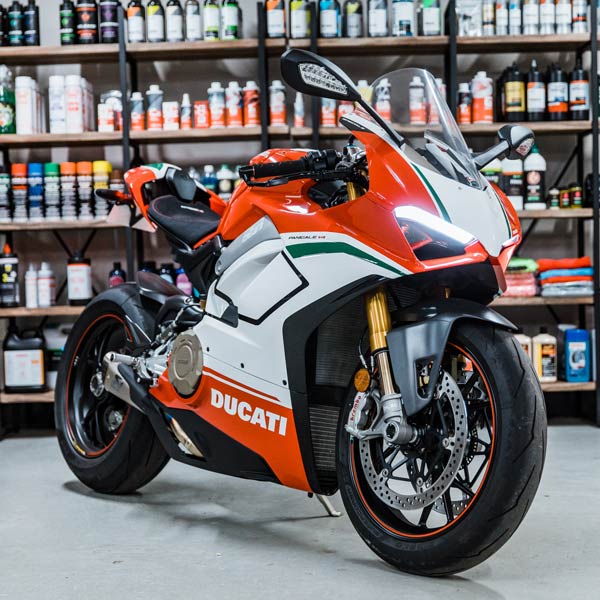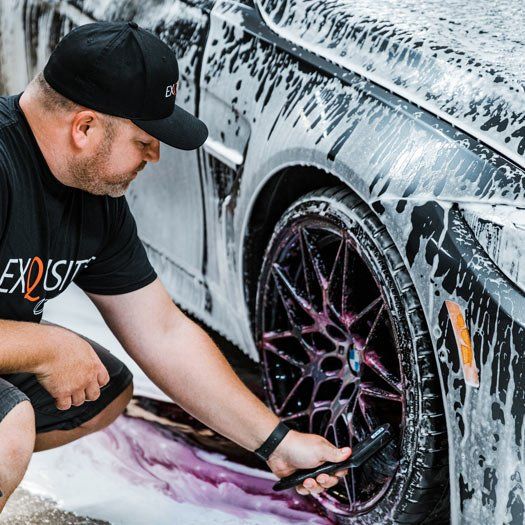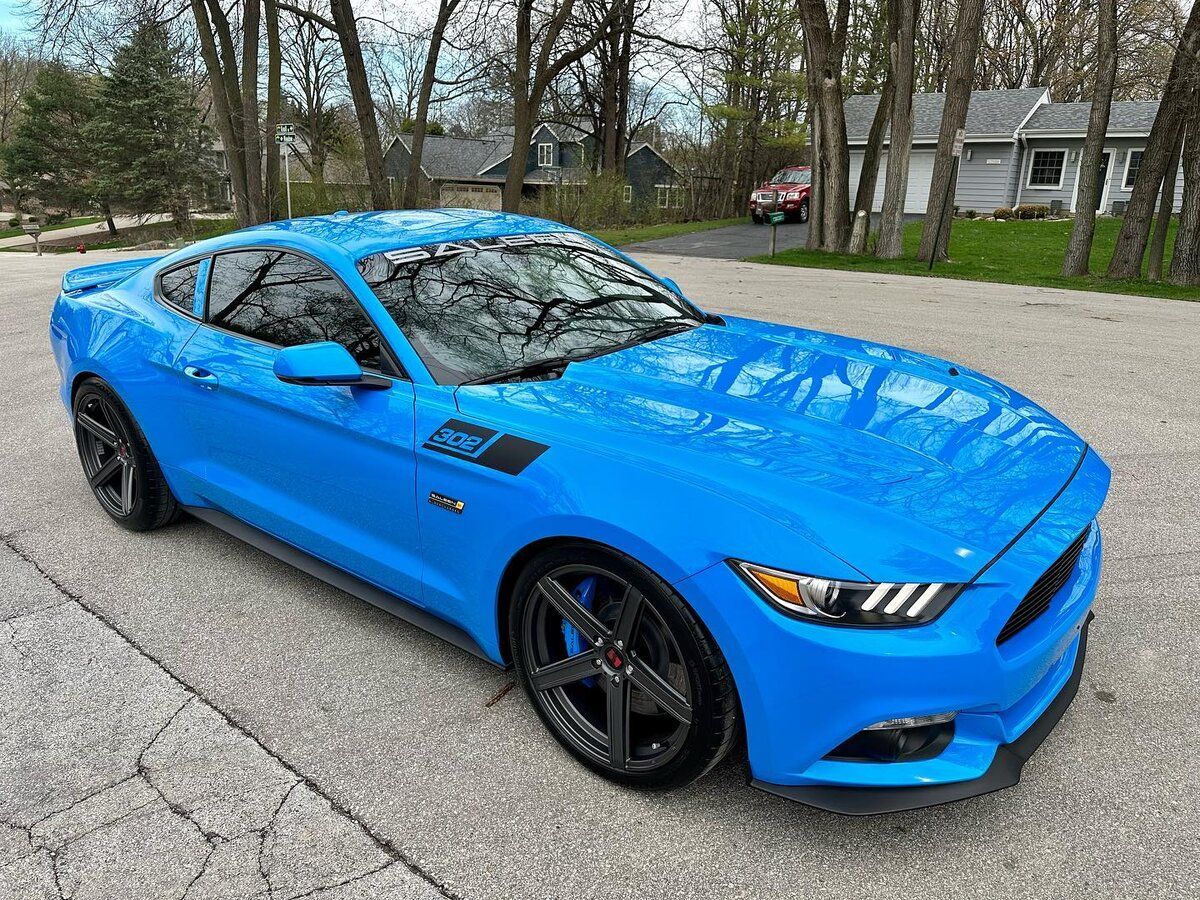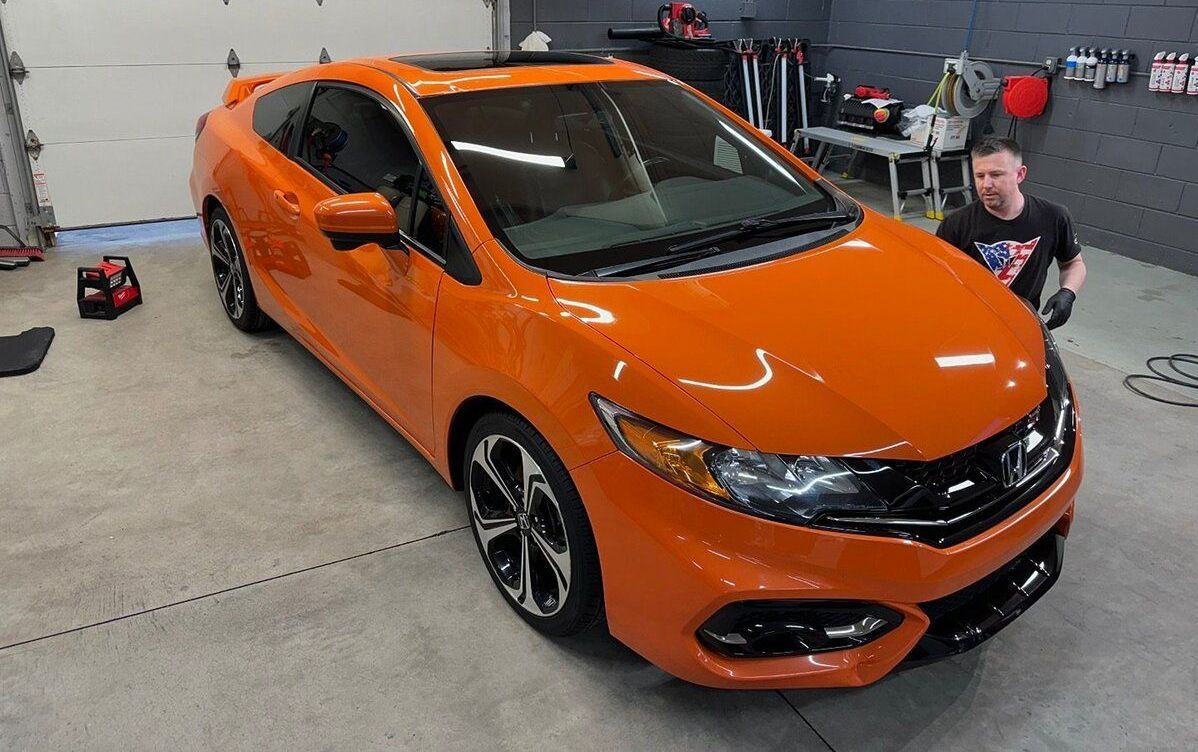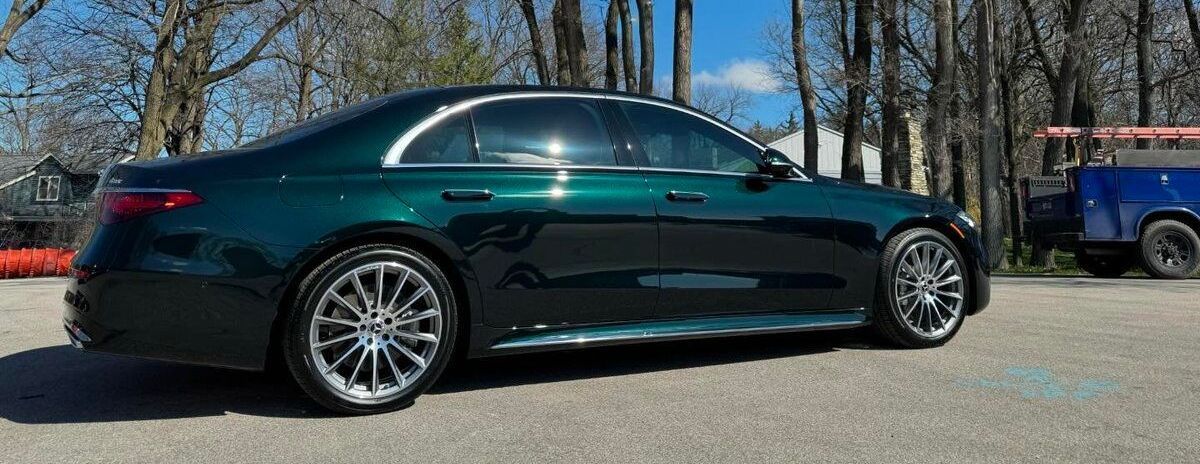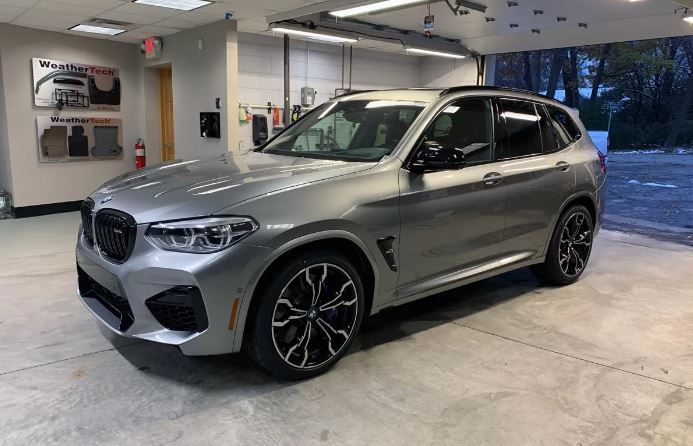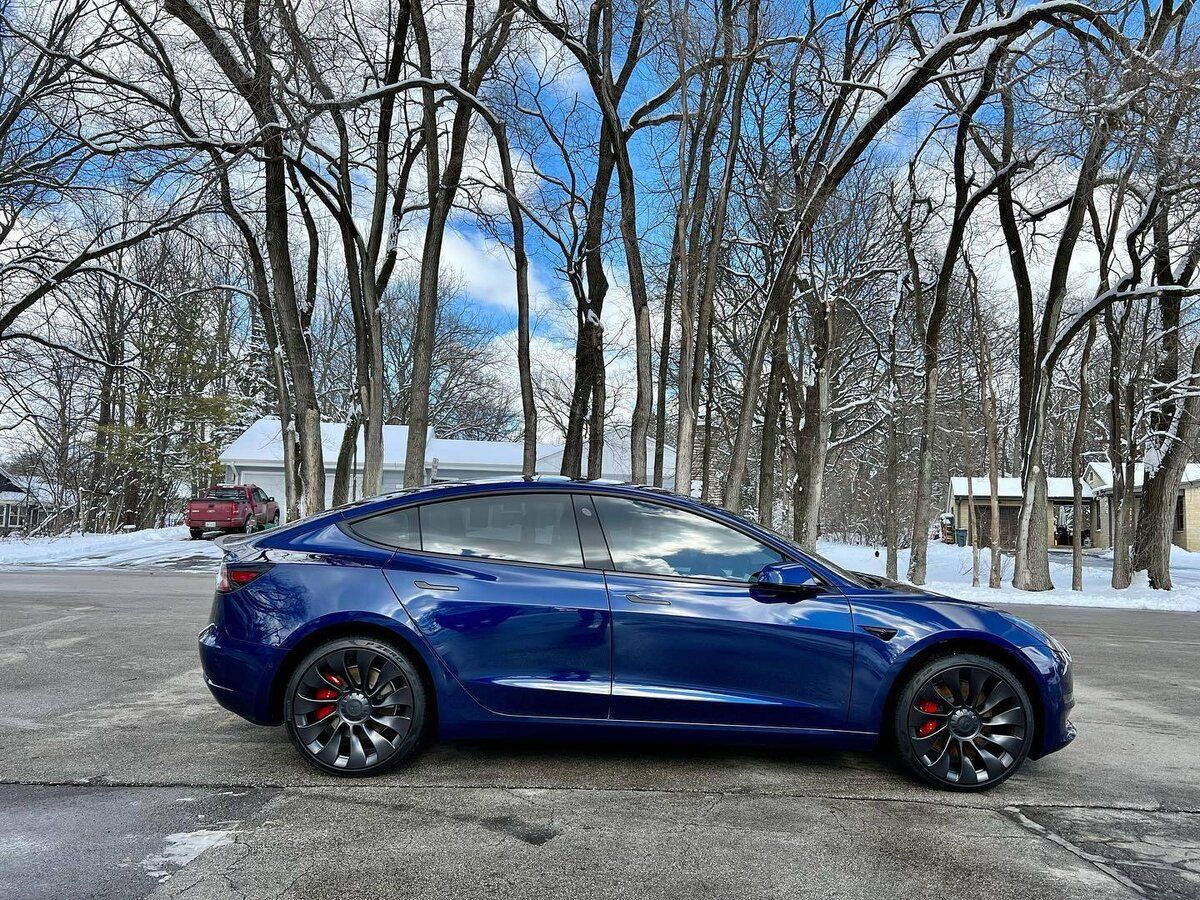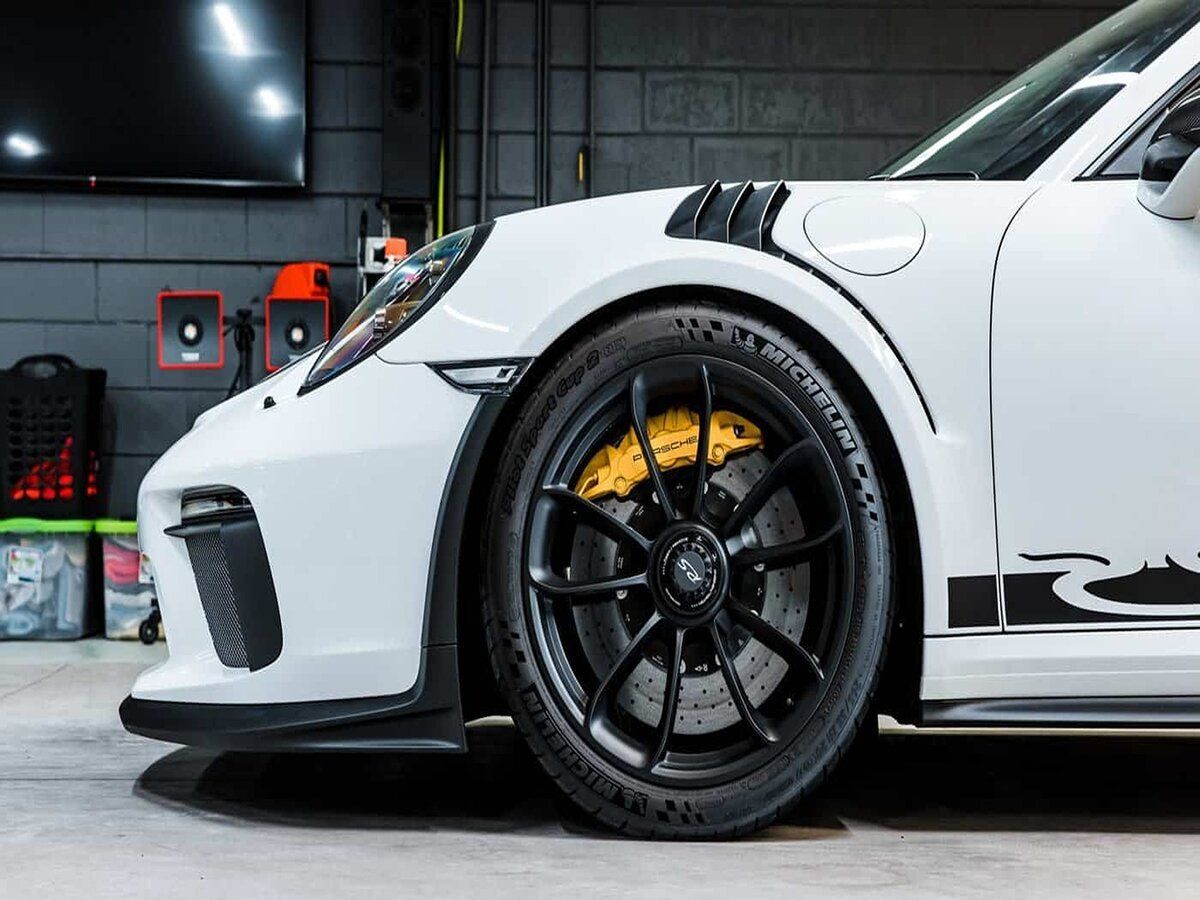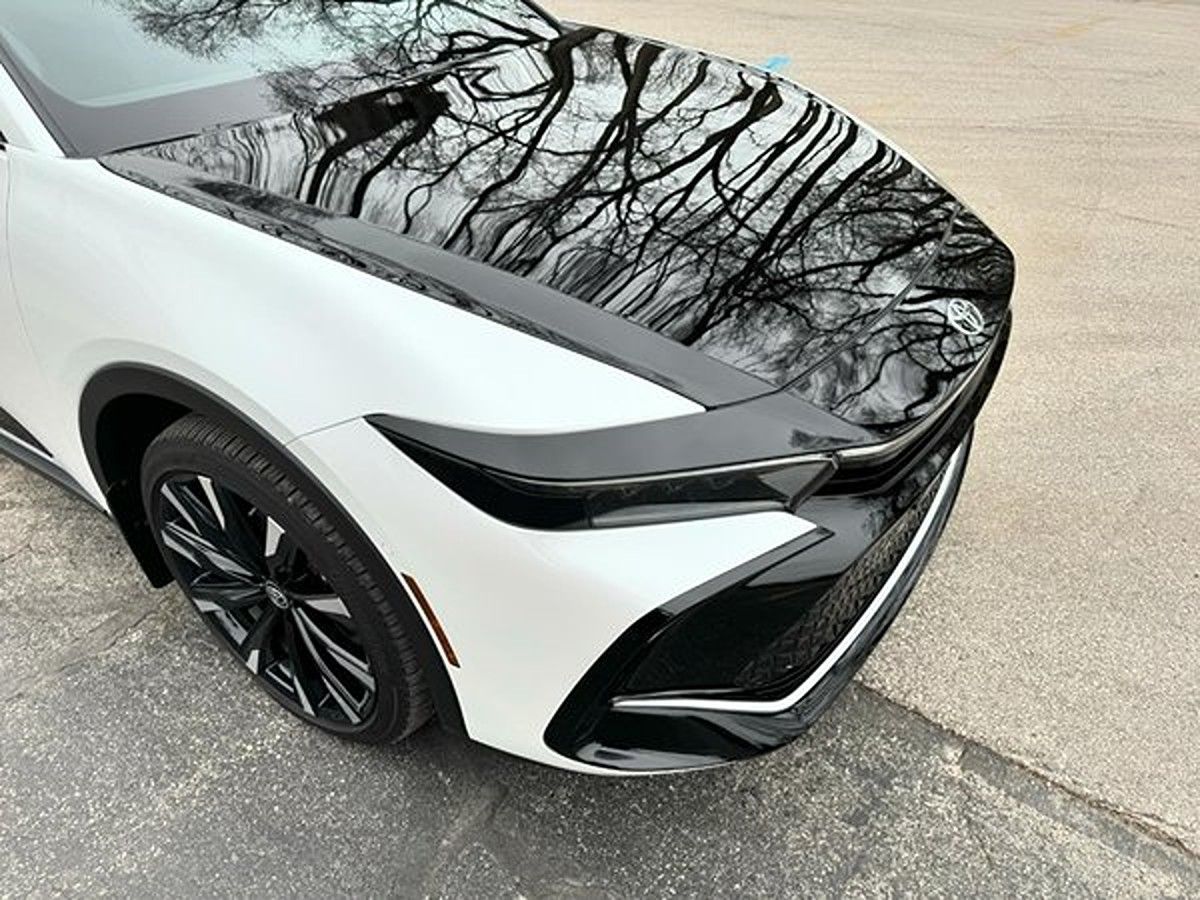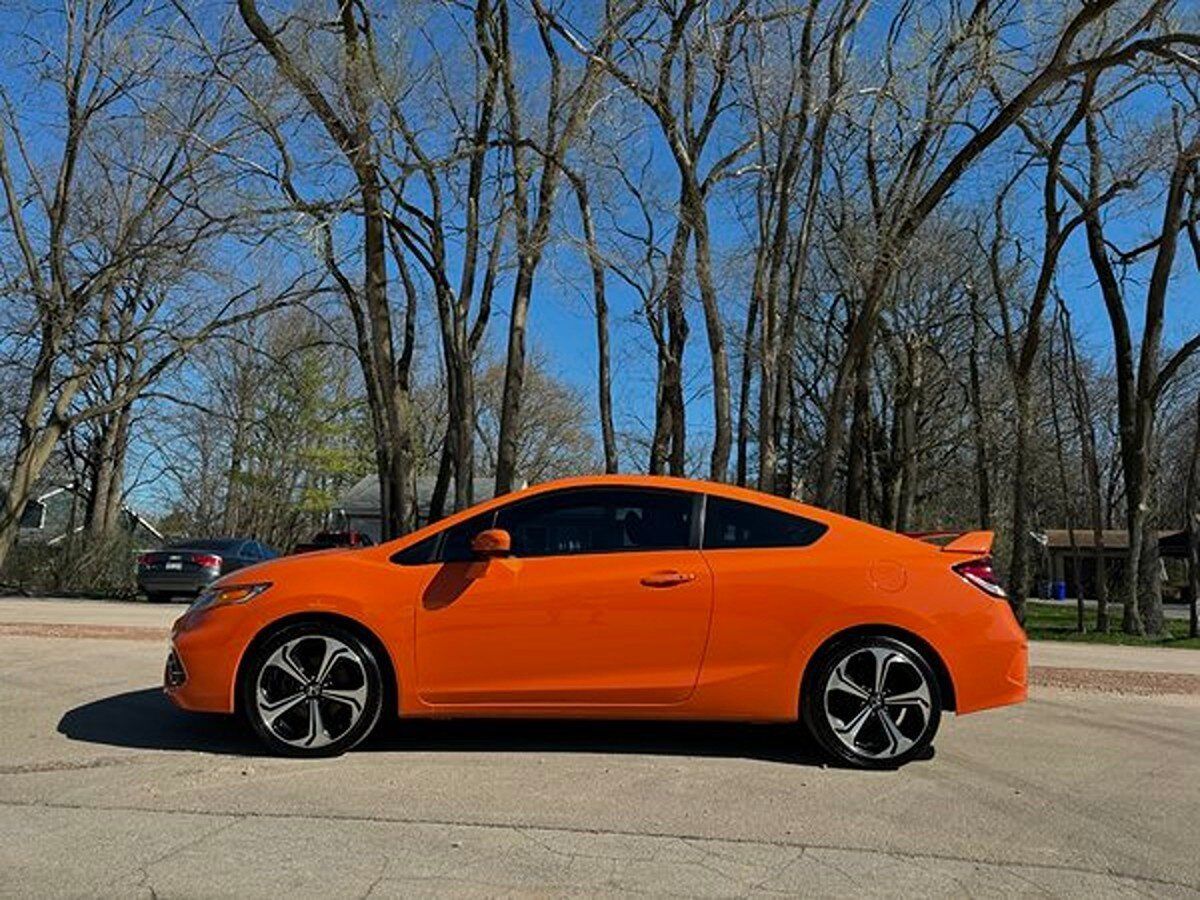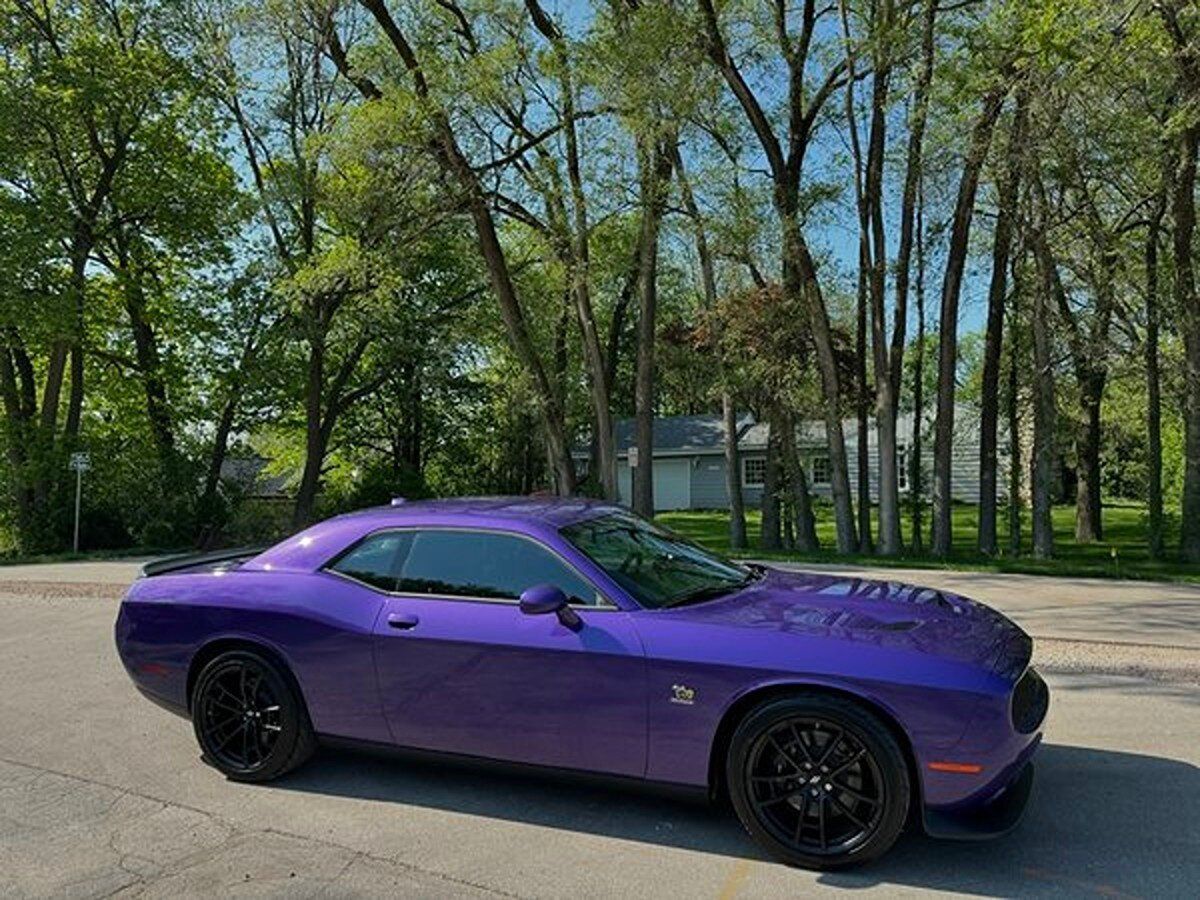Common Ceramic Coating Mistakes and How to Avoid it ?
An additional layer of protection for your car can be added with ceramic coating. Like many great things in life, it must be applied correctly to get ideal results. To make sure you don't make these oft-seen mistakes when applying ceramic coating, it's best to steer clear of the most common ceramic coating mistakes.
Common Ceramic Coating Mistakes in Brookfield
1.Improper Surface Preparation
Surface preparation is an important step in producing successful ceramic coating results. Ceramic coating results may be compromised without proper pre-coating preparation, causing the bond between the paint and the ceramic to fall off quickly. To properly prepare a surface for ceramic coating, it is essential to utilize high-quality products that are created for this specific purpose.This comes with the following:
- A good cleaner and degreaser to get rid of any dirt or grime that could make the ceramic coating stick less well.
- To get the best bond, you also need to use the right polishing compound and buffing pad to get rid of any paint flaws and make the surface smoother. If you do a good job of preparing your surface, the ceramic coating will stick well and last longer.
To ensure optimal performance from your ceramic coating, it is imperative to take time and pay attention when preparing your paint job for installation. If you do this, your protective barrier will stick better and last longer, giving you better results overall than if you didn't prepare it well enough.
2.Using the Wrong Coating Compound
Once a car’s exterior has been properly prepped, the next step to achieving optimal ceramic coating results is to select the correct coating compound. Many people mistakenly believe that all ceramic coatings are the same and that any product purchased off the shelf will provide adequate protection. The truth is, car paint is composed of many different materials and formulas, each requiring its own unique blend of ceramic compounds for maximum protection.
For instance, if you want to get the most out of the inexpensive and simple-to-apply silica dioxide-based coating, you must choose a solution made specifically for your type of paint. If your car is painted with a special three-layer formula, for example, you'll need a mineral-based coating that's specifically designed to adhere well to that finish.With proper selection comes better protection as well as longer-lasting results.
When it comes to getting optimal results and protecting your car’s finish from damage, you should always research which coatings are suitable for your car’s paint job before making your purchase; otherwise, you could end up paying more to fix long-term damages than is necessary.
3.Not Using the Appropriate Sealant
Another common mistake to make when applying ceramic coating is not using the appropriate sealant. This often comes from not doing enough research on what the best sealant for your specific substrate truly is. To ensure that you have chosen the correct sealant, you can use the two steps below:
- Read through any manufacturer’s recommendations carefully.
- You can also consult other professionals in the industry who may have experienced success with a particular type of sealant.
- After weighing all the available information, only then can you decide which sealant will offer the best protection and provide your ceramic coating solution with a complete and comprehensive finish.
4.Applying the Substrate Solution Incorrectly
When applying the substrate solution for ceramic coatings, it is essential to be exact and use the correct product. Using too much or too little of the solution can have disastrous results. Too much solution can cause the coating to blister or warp, while too little solution can cause coverage gaps. Sealant should also be considered when using a substrate solution, as this may have an impact on which product should be used.
Conducting multiple rounds of surface preparation after installing new sealants will also ensure that all traces of hydrocarbons and silicones have been removed prior to coating application, as these can act as contaminants and disrupt the curing process. Make sure that all surfaces are completely clean before any additional steps are taken.
By understanding what measures need to be taken before and during application, you can be prepared ahead of time when it comes to contamination from over-spray during ceramic coating installation, ensuring maximum protection for your vehicle’s exterior surfaces.
5.Contamination From Over-Spray
It is important to avoid contamination from any source when applying a ceramic coating. Protecting surfaces with masking material can greatly reduce the risk of cross contamination, ensuring proper air flow and using an air filtration system while spraying can help keep dust particles and other common elements away. The environment you are working in should also be a factor in your planning; any outside dust or airborne debris should not be allowed to enter the workspace.
That being said, debate comes into play here when discussing the use of air filtration during the application process. For instance, some argue that air filtration disrupts the normal flow of air through the space and prevents fresh oxygen from entering the workspace. But evidence shows that having an effective air filtration system in place can actually allow for greater overall efficiency by trapping potential contaminants and creating a safer work environment for users.
6.Cleanliness Before and During Application
When it comes to ceramic coating, cleanliness is key. Proper preparation is essential to a flawless finish and must occur prior to starting the application process. All surfaces must be cleaned before applying a ceramic coating.
However, even after prepping the surface for application, dirt, dust, and other contaminants can still make their way onto the surface during the process due to overspray from adjacent panels or other sources of contamination. Therefore, not only does the surface need to be properly cleaned before handing, but it should be regularly monitored during and between steps of application as well. To ensure perfect results, keep a clean environment at all times on the job.
Having a high-powered air duster on hand, as well as ceramic coating, will come in handy if necessary.It’s much easier to blow away any form of debris than wiping it off with a cloth as tiny particles can become trapped under a cloth's fibers; this may damage your paint instead. If utilized correctly, air dusters are effective tools in helping maintain proper cleanliness before and during the application process.
7.Incorrect Application Technique and Procedure
Another error to avoid when applying ceramic coating is using the incorrect application technique and procedure.This includes improper methods of cleaning, drying, and applying the coating onto a surface. Cleaning is important as it removes oils, dirt, contaminants, and other materials that may interfere with the bonding process between coating and the substrate. Drying is also necessary to ensure that there is no residual moisture prior to application.
Once the surface is ready for application, an incorrect application process could lead to unsatisfactory results. It’s best to apply ceramic coatings evenly in one or multiple thin layers using a self-lubricating applicator such as a foam brush or microfiber cloth. Begin by gently wiping the applicator in circular motions at a 15-20 degree angle from the surface, making sure not to re-insert it into the same area. This will help avoid streaks and clumping during application. Furthermore, avoid rubbing in areas that have already been coated; too much coverage can result in slower drying times and product buildup.
If proper maintenance and application techniques are not followed carefully and precisely, your results may not be up to standard. Be sure to take your time throughout the process, paying close attention to detail to get optimal results.
That being said, it’s equally important to prepare surfaces before applying any coatings. Failure to strip surfaces prior to coating leads to irreparable damage that can have significant consequences if not addressed quickly and appropriately.
8.Failure to Strip Surfaces Prior to Coating
Failure to strip surfaces prior to coating is a common mistake when applying ceramic coatings. This can lead to a decrease in coating adhesion and durability as well as an increase in the risk of blistering, fish-scaling, or delamination.
Prior to applying a ceramic coating, it is important to properly strip the surface that will be coated. Stripping the surface allows for any dirt, contaminants, and oxidation to be removed from the surface and helps ensure that the coating adheres correctly. The debate between whether stripping surfaces is necessary prior to ceramic coating can be seen as having both sides bringing up valid points.
Chemical stripping may damage the surface due to the aggressive chemicals used during the process, and aggressive processes such as sandblasting can also cause damage. Failure to strip surfaces, on the other hand, can leave dirt, debris, and oxidation on the surface, resulting in decreased coating adhesion, decreased durability, and an increase in blistering or delamination of coatings.
For this reason, most professionals agree that chemical stripping or light abrasive blasting (depending on the severity of contamination) needs to be done prior to applying any type of ceramic coating. Chemical strippers are best used on surfaces with light corrosion or oxidation, while abrasive blasting is best used on more heavily oxidized surfaces.
Although there may be some risk associated with either type of stripping process, it should still be carried out for the best results when applying ceramic coatings. The use of high-quality tools and protective gear can help reduce any potential risks associated with these processes.
Where to Find Ceramic Coating Services in Brookfield?
If you're looking for high-quality ceramic coating services in Brookfield, look no further than Exquisite Auto Spa. Our team of experts specializes in providing high-quality ceramic coating solutions for all kinds of vehicles, including cars, trucks, and SUVs.
With our advanced ceramic coating technology, we can help protect your vehicle's paint from scratches, swirls, and other types of damage. Not only does our ceramic coating provide superior protection, but it also gives your vehicle a stunning, glossy finish that will turn heads on the road.
Schedule an appointment with our team today to learn more about our ceramic coating services and other services like paint protection film , window tinting and complete Detailing.
